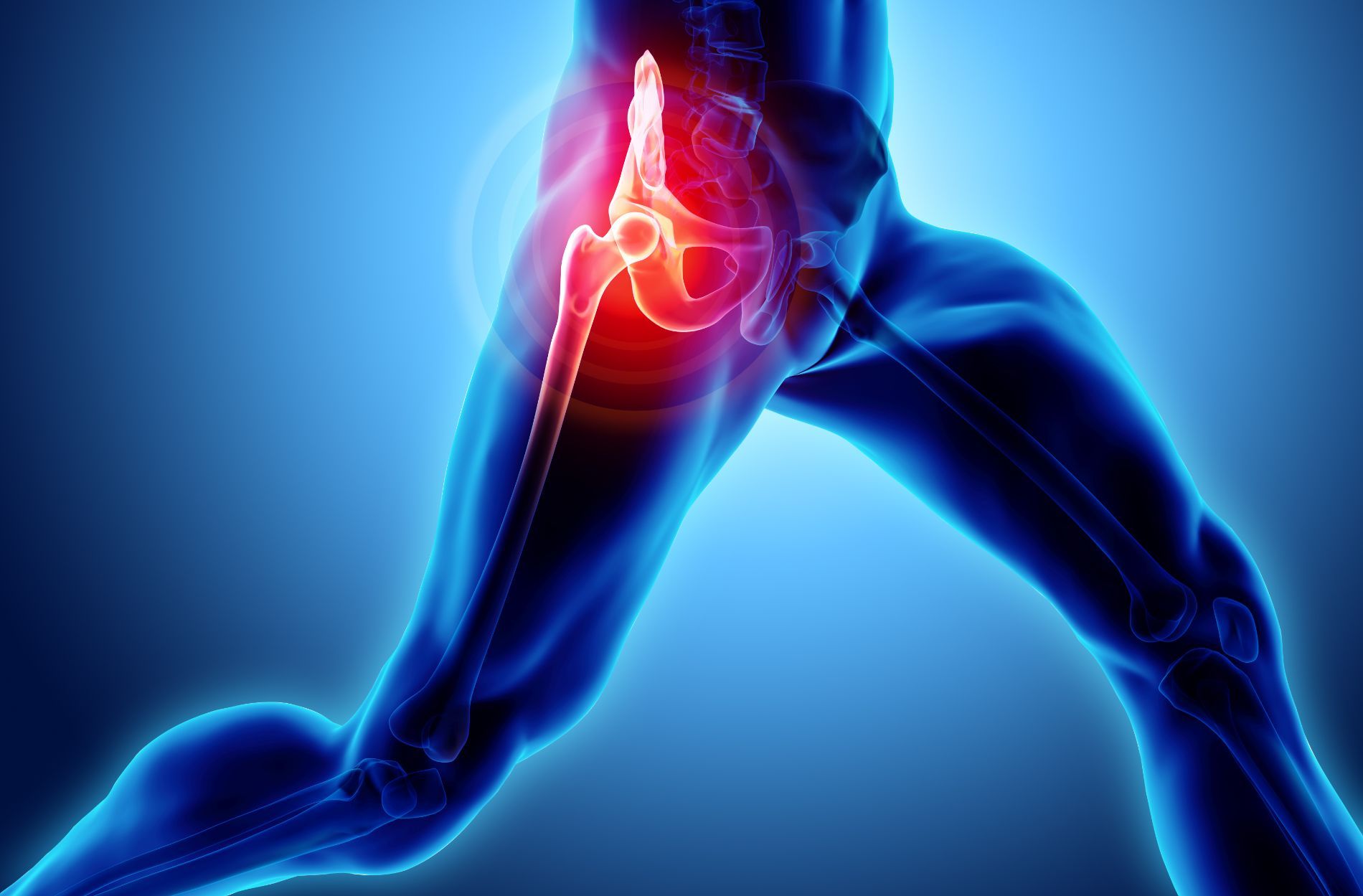Amputee Care in Lancaster, CA and Valencia, CA
Surgical amputation is the removal of all or part of your limb due to an injury, tumor, or an infection. Problems with the circulation in your leg veins or arteries, or complications of diabetes may also cause you to need an amputation. Surgical amputations may be performed on the arm, leg, foot, hand, toe, or finger. The part of a limb that is not removed is called the residual limb or stump.
Amputation care involves more than just healing in the acute post-surgical phase. After amputation early rehabilitation should start as soon as surgery is completed to decrease amputation or surgical site complications.
Some of the more common amputations are above-the knee (AKA) and below-the-knee amputations (BKA). In the acute post-operative treatment phase, the patient is at risk for contractures, uncontrolled somatic and phantom pain (a sensation of pain that occurs below the level of amputation), skin breakdown and residual limb edema.

Slide title
Write your caption hereButton
Some treatments that he and his staff can provide include but are not limited to:
- Residual Limb Shaping: ideal limb shaping for an AKA is conical, and cylindrical for BKA. Immediate limb shaping is used with a stump shrinker 24 hours/day (preferable) or wrapping stump in a figure-of-8 configuration
- Providing anti-contracture management: AKAs and BKAs patients are a risk for developing hip flexion contractures. BKA patients are also at risk for knee flexion contractures.
- Scar mobilization / stump desensitization involves education and massage treatment as soon as tolerated to help prevent adherence of the scar to underlying soft tissues and bone. Massage helps to ensure the scar has mobility in all directions. Desensitization involves exposing soft materials against the skin initially, such as lamb's wool, that can be gradually progressed to coarser materials.
- Prescribing strengthening exercises that are essential to preparing the residual limb strength for the energy expenditure that will be required when using a prosthetic. Fitting and use of prosthesis (artificial limbs)
- Pain management in the post-operative period
- Pain management for dealing with Phantom Pain (pain that is experienced below the level of amputation). This can improve over time - about 5% of the amputee population has this chronic problem.
- Provide emotional support to help the patient readjust to a new body image
- Prescribe other assistive devices to help with function and mobility
- Provide nutritional counseling to promote healing and health
- Providing education to the patient and family to help the patient adapt to the home environment, and to ensure safety, accessibility, and mobility.
Amputation is a major life change that impacts not only the patient’s self-image but the patient’s ability to function. Depending upon the level and type of amputation, mobility can be greatly affected. Once the patient heals from surgery, more in-depth rehabilitation is essential to helping the patient reach the highest levels of function and independence for the home and to readjust back into the community.
LANCASTER
42135 10th St W Ste 101
Lancaster, CA 93534
Sylmar
14124 Foothill Blvd
Sylmar, CA 91342
LANCASTER
Phone: (661) 726-5005
Fax: (661) 726-5377
Email: info@avorsmedgroup.com
SYLMAR
Phone: (661) 705-5100
Fax: (661) 705-5101
Email: info@avorsmedgroup.com
Mon - Fri : 8:00 am - 5:00 pm
Sat - Sun : closed

